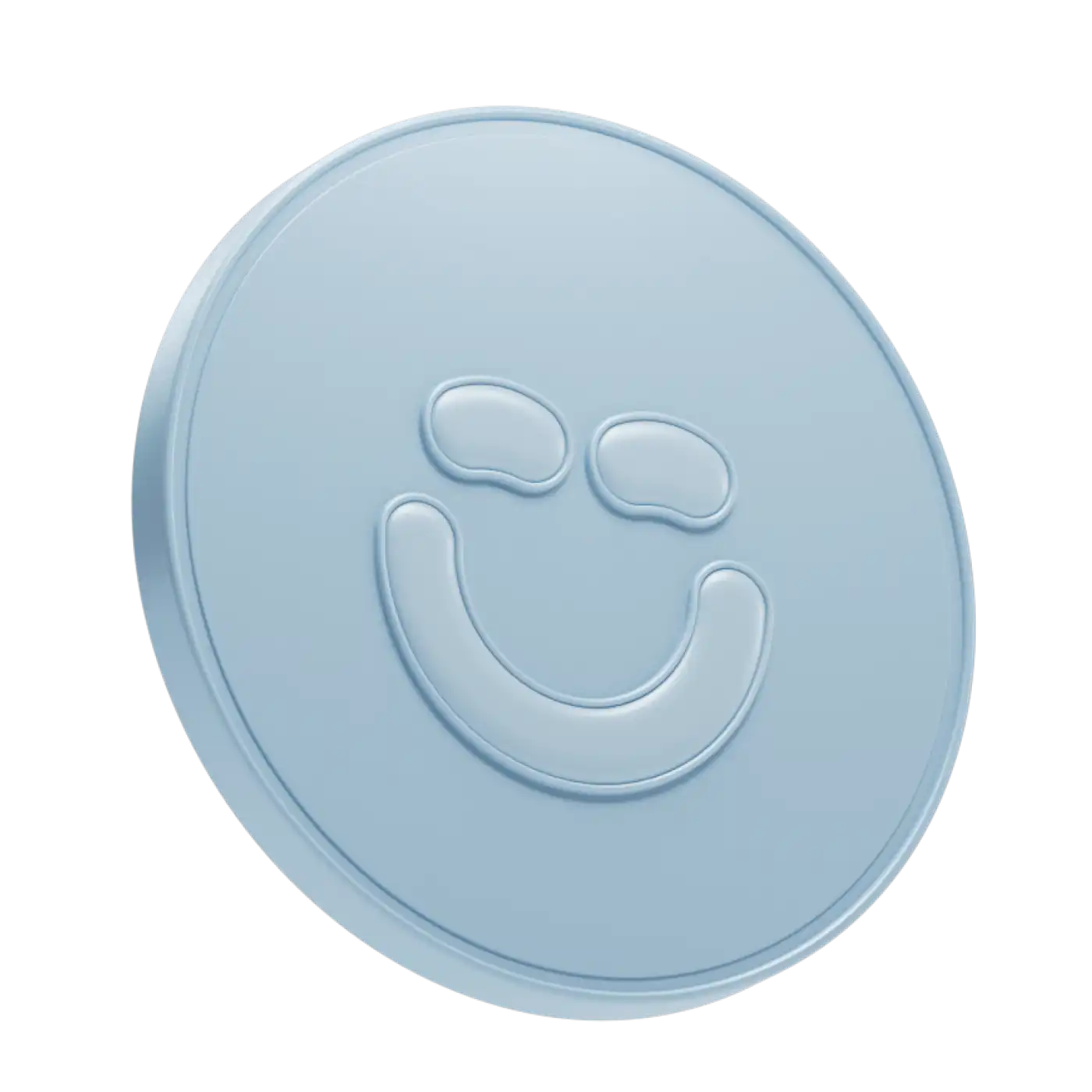T2125 breakdown
The T2125 form is available online via the Canada Revenue Agency (CRA) website. If you are self-employed earning Business, Professional, or Commission income, you will use this form to declare the income earned in your business, as well as expenses incurred to earn that income. The eight-page document has various sections, but here are some of the key areas to note:
Section | Meaning |
|---|---|
| Identification and Partnership Information | These are two separate sections that require your personal information, including business name and number, social insurance number, address, your name, CRA business number (GST/HST), and more. You can leave some parts blank if you don't have a registered business. The partnership information tab only appears if you indicate the business is a partnership, rather than a sole proprietorship. |
| Income and Expenses | Use this section to report your income and expenses. You are required to keep records for your income and expenses, but you might not have these if you didn’t realize you were running a business. If you don’t have good records, you should be conservative in your estimates for income and only claim expenses that you can back up with receipts (credit card statements aren’t enough). |
| Capital Cost Allowance (CCA) | Use this section to report your capital expenses. Capital expenses are expenditures for things that have a lasting benefit (like office furniture, a computer, or a camera). If you have a personal motor vehicle, don’t include it on the CCA tab; use the Motor Vehicle Expenses (your own vehicle) tab to claim both motor vehicle expenses and CCA for your vehicle. |
| Business use-of-home expenses | If you work from home, you can use this section to claim expenses related to your home. You can deduct use-of-home expenses if your home is your principal place of business or if you use the space to earn your business income and you use it on a regular and ongoing basis to meet your clients, customers, or patients. |
| Motor vehicle expenses | Use this tab to claim the cost of your car if you use it for your business. If you didn’t keep a detailed logbook and receipts, you might not want to claim this amount. The CRA is known to often request records for motor vehicle claims. Here’s more information from the CRA on how to complete this section. |
| Other | Use this section to provide further information about your self-employment businesses. You can add your tax shelter number where applicable, T1139 information, liabilities, capital contributions, and different balance sheet details. You can also add website information if you have a site that earns you income. |
You can find a more detailed list of deductible expenses on the CRA website here.
If you have more than one business, complete a T2125 form for each business.
Netfiling and mailing form T2125
If you have self-employment income and related expenses to declare, you fill out the T2125 as part of the filing of your tax return. If you are using a tax filing software to complete your return, the information from your T2125 will be included when you submit your return via NETFILE. If you hire a tax preparer or accountant to prepare your tax return, the information will be included in your return when they use EFILE to submit your return. If you print and mail your tax return, include a copy of this form and send it with your income tax and benefit return. Where you mail your tax return depends on where you live in Canada, so you should check the CRA website to determine your mailing office. This is only essential if you choose to mail the document. The easier and faster way is to fill out and submit your form online.
If you or your spouse or common-law partner have self-employment income, the deadline to file your income tax return, with the T2125 Statement of Business or Professional Activities included, is June 15 of the year following the income tax year. If you have an amount owing on your tax return — and often those with self-employment income do because they don’t have income tax withheld from the income they earn throughout the year — the payment deadline is still April 30.



